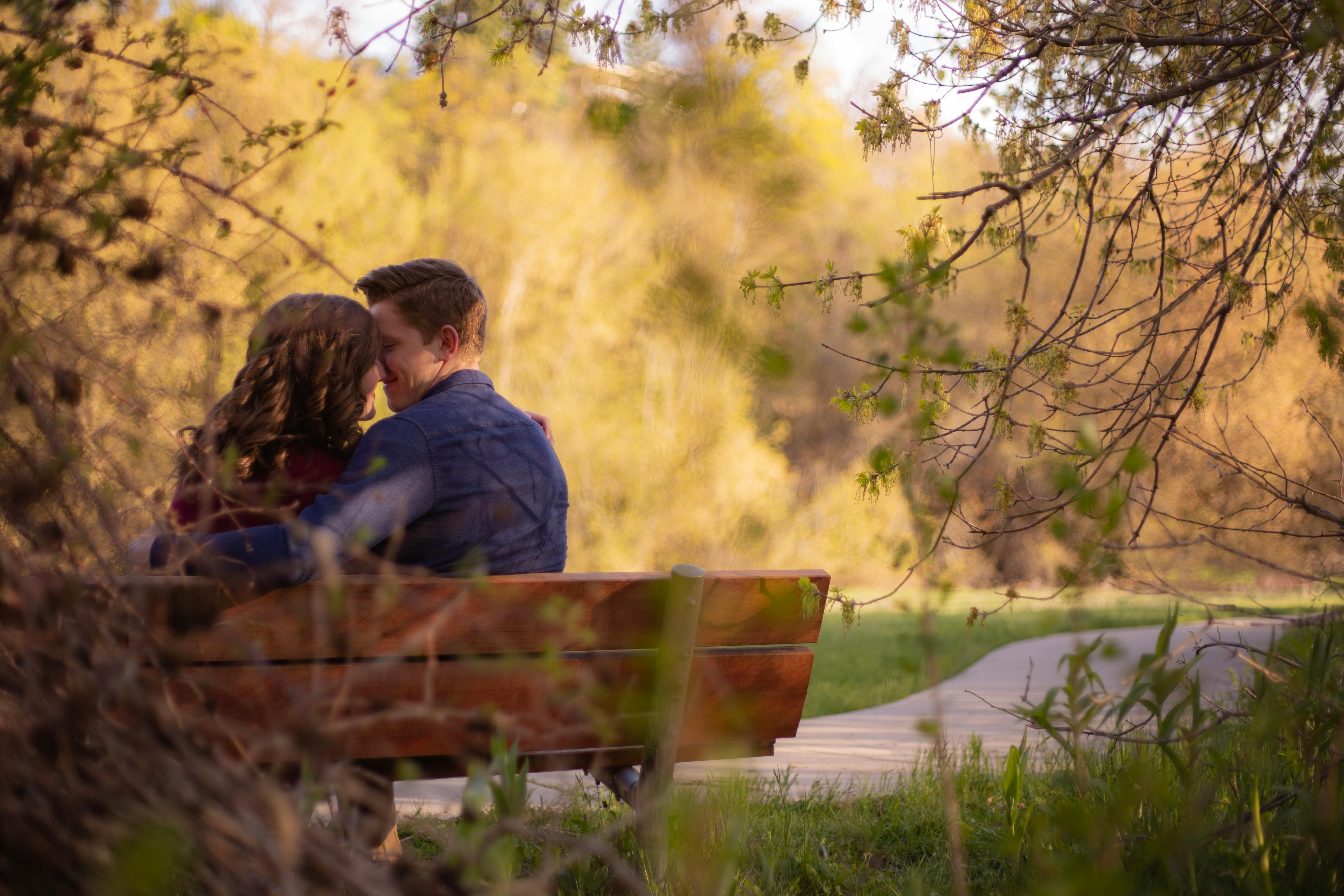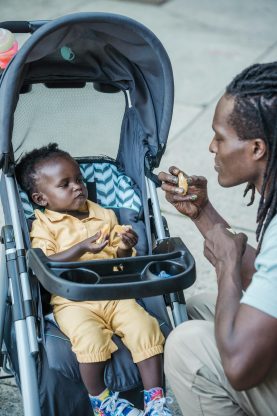Table of Contents
Establishing Emergency Contact Information
The first step in preparing for emergencies is to ensure that your babysitter has access to all necessary emergency contact information. This includes phone numbers for parents, other family members, neighbors, and close friends who can be reached in case of an emergency. Make sure that your babysitter knows the address of your home and any relevant medical information about your child, such as allergies or pre-existing conditions. In addition, provide contact information for your child’s pediatrician and any other healthcare providers in case medical attention is needed.
On-Demand Childcare in Your Neighborhood
Book a Sitter
Creating an Emergency Preparedness Kit
Having an emergency preparedness kit on hand is essential for ensuring the safety of your child and babysitter in the event of a disaster. Your kit should include basic first aid supplies, such as bandages, antiseptic wipes, and a thermometer. It should also include essential items such as flashlight, extra batteries, non-perishable snacks, bottled water, and a portable phone charger. Keep your emergency kit in a designated location that is easily accessible to your babysitter and make sure they know how to use the items inside.
Discussing Emergency Plans with Your Babysitter
Once you have established emergency contact information and created an emergency preparedness kit, it is important to sit down with your babysitter and discuss your family’s emergency plans. Make sure your babysitter is aware of where emergency exits are located in your home and how to safely evacuate in the event of a fire or other emergency. Review the procedures for calling 911 and ensure that your babysitter knows how to provide a clear and concise description of the situation to emergency responders. It is also important to discuss specific plans for potential emergencies, such as severe weather or intruders, and review any relevant protocols with your babysitter.

Practicing Emergency Drills with Your Child and Babysitter
In order to ensure that your child and babysitter are prepared for emergencies, it is crucial to practice emergency drills on a regular basis. Hold mock drills for various scenarios, such as a fire or severe weather, and make sure that your child and babysitter know what to do in each situation. Practice evacuating your home and meeting at a designated spot outside, and review the importance of listening to instructions from adults in charge.
By practicing emergency drills regularly, you can help ensure that your child and babysitter are well-prepared to handle any emergency that may arise.
Providing Ongoing Training and Communication
Emergency preparedness is an ongoing process, and it is important to provide your babysitter with ongoing training and communication about how to keep your child safe in case of an emergency. Stay informed about potential hazards in your area, such as natural disasters or community safety concerns, and make sure your babysitter is aware of any relevant information. Review and update your emergency contact information and preparedness kit regularly, and communicate any changes or updates to your babysitter as needed. By staying proactive and informed about emergency preparedness, you can help keep your child and babysitter safe in any situation.
In conclusion, emergency preparedness is crucial for ensuring the safety and well-being of your child and babysitter. By establishing emergency contact information, creating an emergency preparedness kit, discussing emergency plans, practicing drills, and providing ongoing training, you can help ensure that your child and babysitter are prepared for any potential emergencies that may arise. By taking these steps, you can provide peace of mind to both yourself and your babysitter, knowing that your child is in safe hands.










